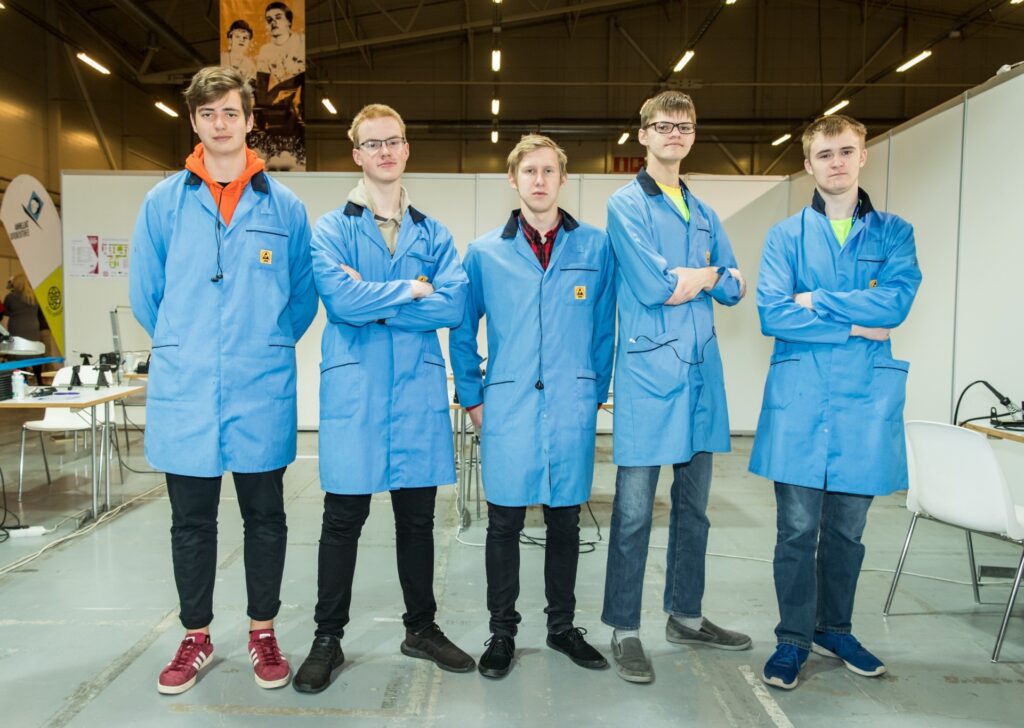Estonian women are among the most highly educated in Europe, writes analyst Triinu Aug in the blog of Statistics Estonia, the country’s official statistics agency; however, the same cannot be said about Estonian men, according to statistics.
During the population and housing census in 2021, information on the highest level of education attained by inhabitants of Estonia was also gathered and data were compared with that of other countries.
“Estonia has seen an increase in the proportion of people with higher education, while the share of persons with basic education has decreased. Estonian women are still among the most highly educated in Europe, and overall Estonia ranks seventh in terms of the share of people with higher education,” Aug writes in the agency blog.
“As of 2021, the average proportion of 25–64-year-olds in the European Union with higher education is 33%, whereas census data reveal that in Estonia, 43% of the people in this age group have higher education. This puts Estonia’s population in seventh place in Europe in terms of the share of people with higher education.”
Finland and Latvia behind Estonia in terms of higher education
Ireland has the highest proportion of people with higher education (52.7%), followed by Luxembourg (50.5%), Cyprus (47%) and Sweden (46.7%). Lithuania is also in the top five in Europe, with 45.4% of the population aged 25–64 having higher education. Finland and Latvia, however, are slightly behind Estonia (43.2%) – people with higher education in these countries account for 42.3% and 39%, respectively. The lowest shares of people with higher education in the EU were recorded in Italy (20%) and Romania (18.8%).
“The European average share of people with higher education has risen a bit faster than that of Estonia. At the beginning of 2011, people with higher education accounted, on average, for 25.4% of the 25–64-year-old population in the European Union, compared with Estonia’s 36.9%. Estonia was ranked 5th in Europe at the time, outperformed only by Finland (39.3%), Ireland (39.2%), Cyprus (37.7%) and Luxembourg (37%),” Aug writes.
On average in Europe, secondary education is the highest level of education attained for 46% of the population, compared with 45% in Estonia. On average, 21% of the population in Europe have basic education or less, whereas in Estonia the share is 12%.
In Estonia, women are much more likely to pursue higher education than men. This has also been the case at the time of previous censuses. In the 25–64 age group, 53% of women and 34% of men have higher education. The corresponding figures in the previous census were 47% and 30%. However, nearly a third of men in Estonia have obtained a vocational qualification along with or in addition to secondary education.

Estonia’s women third in the EU for higher education, but men thirteenth
“As of 2021, an average of 36% of women aged 25–64 in the EU have attained higher education, compared with Estonia’s 53%, which puts the latter in third place in this ranking. Only Ireland (57%) and Sweden (54%) have more women with higher education that Estonia. At the beginning of 2011, however, Estonian women ranked second behind Finland: 45.2% of Estonian and 45.7% of Finnish women had higher education. The European average was 26.4% at the time.”
Among men, the share of those with higher education in 2021 is only slightly higher than the European average – in Estonia, the proportion of men with higher education in the 25–64 age group is 34%, whereas the European average is 31%. At the beginning of 2011, 28% of men in Estonia had higher education, while the average in Europe was 24%.
In 2011, Estonia was ranked 11th for the number of men with higher education but has now dropped to 13th. Luxembourg has the highest proportion of men with higher education in the European Union. It has been in the lead for the past 10 years.

